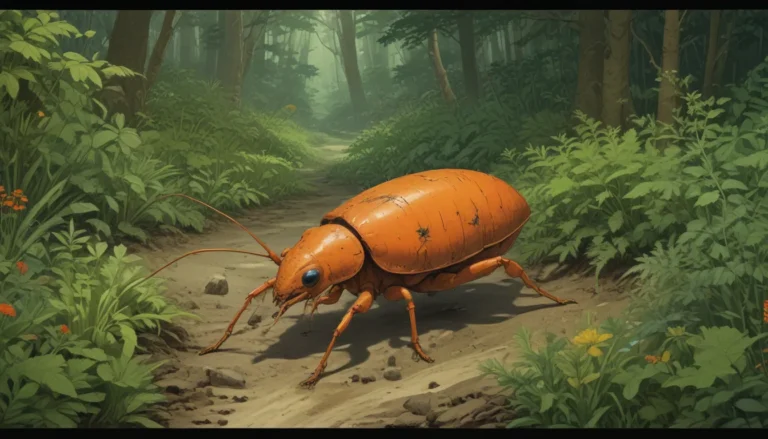Are Peace Lilies Toxic to Cats?

Imagine this: You are at home, enjoying your beautiful houseplants and your lovely cat when suddenly, she starts yowling in distress.
Naturally, you jump into action to figure out what’s wrong. You notice that pieces of your peace lily plant are missing. Uh oh. Is this a crisis?
Peace lilies are mildly poisonous to cats, but the good news is that the compounds they contain are not as toxic as those found in true lilies.
If your cat has ingested parts of a peace lily, it’s crucial to call your vet immediately. Your cat may be uncomfortable, but with prompt care, she should survive the ordeal.
In contrast, if your cat had consumed a true lily (from the Lilium genus) or even drank water from a vase with cut lilies, the consequences could be severe, possibly leading to acute kidney failure.
Fortunately, the level of toxicity associated with peace lilies is relatively mild.
Let’s delve into the symptoms of peace lily poisoning, and how to address the situation if your cat has ingested this plant.
Peace Lily Poisoning: What You’ll Learn
Here’s a preview of what we’ll cover in this article:
- Symptoms of Poisoning
- How to Treat Cats Poisoned by Peace Lilies
- Other Plants in the Same Family Also Pose a Threat
- Where Is Calcium Oxalate Found?
- Your Cat Should Survive!
So, are peace lilies bringing peace into your home only to harm your pets? Don’t be quick to judge. Over 215 plant families produce the same poison found in peace lilies: calcium oxalate (CaOx) crystals.
These crystals have various functions in plants, such as regulating calcium levels and deterring herbivory. In other words, these poisons help protect plants from being eaten.
Symptoms of Poisoning
According to the Pet Poison Helpline, common signs of poisoning in cats from ingesting peace lilies include:
- Drooling
- Oral pain
- Pawing at the mouth
- Vomiting
- Decreased appetite
These symptoms typically occur immediately after the cat chews on the plant’s foliage.
The microscopic calcium oxalate crystals act like spears, piercing the tissues in the cat’s mouth, causing pain and burning sensations. These crystals can penetrate the gums, tongue, throat, and esophagus, leading to intense discomfort.
Your cat may exhibit changes in meowing tone due to pain and excessive drooling. In some cases, swelling of the upper airway may occur, making breathing difficult, although this is rare with peace lily ingestion.
How to Treat Cats Poisoned by Peace Lilies
The good news is that the pain and discomfort will likely subside within a few hours. You can also help soothe the irritation by offering your cat some chilled lactose-free milk or yogurt.
Avoid giving regular dairy products as they can cause digestive issues in lactose-intolerant animals. If poisoning is suspected, proper identification of toxic plants is crucial for appropriate treatment.
Pro Tip: When visiting the vet, take a cutting of the peace lily or a photo on your phone to aid in diagnosis.
Other Plants in the Same Family Also Pose a Threat
Peace lilies belong to the arum family, Araceae, along with several other common houseplants that produce insoluble calcium oxalate crystals. These include dumb cane, calla lily, pothos, philodendron, umbrella tree, elephant’s ear, and Chinese evergreen.
When unsure about a plant’s toxicity, it’s best to keep pets and children away from houseplants to prevent accidental ingestion. Contact poison control, your doctor, or veterinarian if ingestion is a concern.
Where Is Calcium Oxalate Found?
You might be curious about where plants produce calcium oxalate crystals in higher concentrations—leaves, flowers, roots, or elsewhere?
In plants that produce these crystals, calcium oxalate can be found in various parts, including roots, leaves, stems, seeds, and flowers. Interestingly, some edible plants contain oxalic acid without causing harm to humans.
For example, wood sorrel, known for its tangy taste, has been found to contain oxalic acid since the 17th century. Oxalates are also present in beets, spinach, swiss chard, kale, rhubarb, and other vegetables.
Many people can consume these plants regularly without issues, but individuals with certain health conditions might need to limit oxalate intake.
Calcium oxalate is not only present in plants but also has industrial uses, such as a rust and stain remover in laundries and radiator descaler in vehicles.
Although these crystals are irritating in plants and may cause kidney stones in humans, ingestion of peace lilies by cats is unlikely to result in severe outcomes.
Your Cat Should Survive!
While ingesting parts of a peace lily can be distressing for your cat, the good news is that she should recover without lasting harm. However, if your cat is prone to chewing on plants, it’s best to keep potentially toxic houseplants out of reach.
If your pet develops a habit of nibbling on houseplants, take precautions to ensure a safe environment and provide proper care. Feel free to share your favorite cat-friendly plants in the comments!
For more information on peace lilies, check out the following articles:
- How to Grow and Care for Peace Lily
- 5 Reasons Why Peace Lilies May Not Bloom
- Tips to Identify and Prevent Peace Lily Diseases
By incorporating these tips, you can create a safe and enjoyable environment for both your pets and plants.





